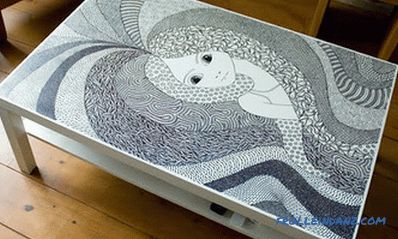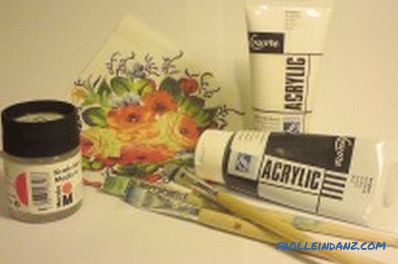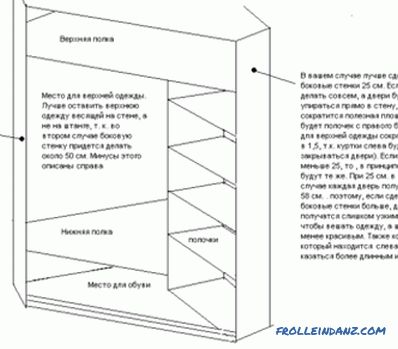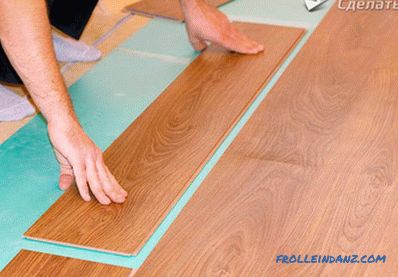Restoration of a coffee table on your own is quite painstaking, but not very difficult. If you become familiar with the technology, take into account the advice of experts, get quality materials, you can give your favorite things a second life.

Painting the table is a very complicated and lengthy process, however, you only need a sketch, a marker or paints, as well as varnish.
Furniture alteration consists of several stages: removal of old varnish, restoration of a wooden surface, painting or tinting, and coating with varnish (wax).
How to get rid of the old coating?
You need:
- cycle or grinder;
- abrasive paper;
- putty on wood;
- spatula.
The restoration of the coffee table begins with the removal of the old varnish. The easiest way to apply the grinder, but in this case, be careful, as the tool can damage the wooden surface. You can use special solvents. Here it is important to calculate the thickness of the layer: the tool should only dissolve the varnish, not reaching the tree. If the solvent is absorbed into the surface of the coffee table, this will complicate all the subsequent steps, the materials may not be friends with each other, as a result of which the swelling, peeling or cracking of the paintwork will occur.

The main materials and tools for decorating the coffee table are: acrylic paint, brushes, glue and pictures.
If the old varnish has many cracks and was wiped off, it is easy to remove it with ordinary emery cloth. Take a medium-grained paper, moisten it, wind it around the bar, walk on the surface. When sandpaper gets clogged with dust, rinse it in water and get to work again. Under the influence of moisture, the old varnish softens and is quite easily cleaned off. After you remove the lacquer, sand the surface of the coffee table with fine-grained sandpaper. It is possible to clean the old coating with the help of a loop or a piece of broken glass. In this case, you can not do without working gloves. The lacquer gradually peels off the surface, and care must be taken not to damage the wood. All these methods have their advantages and disadvantages. Which one to choose is up to you.
After the old lacquer is removed, it is necessary to putty all cracks, chips and scratches. Putty is applied with a spatula, leveled so that it does not protrude above the surface, leave to dry completely, then grind with fine emery paper. If you plan to tint the table with a stain, it is better to get a putty to match the color of the wood.
Toning and painting the coffee table
You need:

Decorating the table with a mozayka allows you to hide the cracks and stains that have appeared.
- primer;
- acrylic paint or stain;
- furniture wax;
- brushes;
- sandpaper .
The restoration of the coffee table involves painting or toning the product with the help of stain (wax). First, it is necessary to prime the surface: use a special primer for wood, apply the composition with a brush in 1-2 layers with a mandatory intermediate drying. If you use the stain, the priming stage can be omitted.
Paint is applied with a brush, for a tabletop it is more convenient to use a roller or a paint spatula. Hard to reach places are stained with a thin brush. It is important to apply paint with a thin even layer - then you will be able to avoid overflows. After the first layer dries, it passes through a fine emery cloth. The second time the paint is applied in the opposite direction. All colorful layers must be polished with sandpaper - then the surface will be perfectly smooth, and the strips from the brush will be invisible.
A table can be restored with the help of stain or colored wax. The stain is water-based and alcohol-based, the first gives a softer tone. The stain is applied with a wide flat brush (flute). You can mix colors with each other, apply one tone to another, highlight the center, darken the edges - it all depends on your imagination. Instead of the stain, you can use colored wax, which performs several roles at once during the restoration of the surface. With it, toning and fixing the result is made simultaneously. When using bituminous wax on top of the stain, you can achieve color depth.
The wax is rubbed with a soft cotton cloth in a very thin layer, and you cannot return to the treated place, otherwise dark places may occur. Some manufacturers recommend melting wax in a water bath with a large amount of work, in which case it is applied with a brush. After the first layer dries, it is polished with a wool cloth, then the next one is applied.This is done until the surface is perfectly smooth. If you painted the table with acrylic paint, then to fix the result it is better to use transparent furniture wax.
Decorating the coffee table with the gilding method
It will take:
- gold or silver potal;
- shellac;
- stencil;
- flat brush.
You can decorate a coffee table with the help of potali, for example, to make golden butterflies or silver dragonflies. For this purpose, you must purchase a ready-made stencil or make it yourself. On a thick film, draw the outline of a dragonfly, then cut it out with a blade or a thin knife. Attach the stencil to the surface of the table with masking tape. Apply shellac, leave it for a while. The varnish should dry out a little, but remain sticky - then the potal will stick well.
Attach the sheet to the stencil, gently smooth it with a brush, leave to dry completely, then brush off the rest of the gold, remove the stencil. You can muffle the bright shine of potal by using antique bitumen, which is applied with a thin layer of foam rubber sponge. The result is fixed shellac.
In no case should the pot be coated with acrylic varnish, otherwise it will oxidize over time.
Materials for gilding is not a cheap pleasure, if desired, they can be replaced with transfer foil for nails and special glue for the body. The technology of drawing is almost the same: first they attach the stencil, coat the surface with glue, leave for about 5 minutes (the exact time is always indicated on the attached instructions). Then they apply the foil with the rough side downwards, iron it with a fingernail, sharply tear it off. The result is fixed with an aerosol varnish - then the foil will not collapse. Do-it-yourself coffee table repair complete!
Didn't find the answer in the article? More information on the topic:
-

How to make a corner cupboard with your own hands
Instructions on how to make a corner cabinet with your own hands. What materials can be used? The complete process from cutting to closing edging. Features of the workflow.




